Caution: Bachelorette Party. Photographing a Ritual of Freedom and Sexuality
The surprising significance of a familiar rite of passage.
Welcome to In the Flash, a weekly, behind-the-lens dialogue on photography. To join the conversation
In 2014, the now defunct New York Times Lens photo blog published “Bachelorette,” a series I had just finished. The feature, almost overnight, put me on the map in the photography world. It also precipitated my first encounter with internet trolls and exposed the latent, low-key misogyny of our society. Comments and emails condemned my "glorification" of such a vile ritual. “Why would anyone marry these women after such behavior?” was the most common reaction echoed by men and women alike. Instantly I knew I had done something right.
This project almost didn’t happen. I took my first bachelorette party photos back in 2007, when I attended the School of Visual Arts. I was putting myself through art school by moonlighting as a wedding photographer and decided to bring the images of young women in lingerie, drinking champagne in a hotel room, to my weekly critique class. I turned the photos black and white to make them appear artsy but that didn’t help. No one thought that low-brow ceremony of the bachelorette parties would make a worthy art project.
Years later, when I was officially a full-fledged artist with an MFA in photography and was much more confident in my work, I decided to give bachelorette parties another try. I was still photographing weddings which gave me access to all the brides I could ever want. The shoots were offered for free in exchange for permission to use a few images in my personal series.
From 2010 to 2013, I attended over 30 bachelorette festivities to create a body of work that, ironically enough, opened the door to the photography world. As it turned out, there are no such things as low-brow topics. It also turned out that bachelorette parties have an unfairly bad rap and are a treasure-trove of cultural complexities and gender politics.
The behavior denounced by the pearl-clutching internet community was indeed wild. Young women in my photos are having an obscenely good time — drinking, dancing and engaging in silly games of a blatantly sexual nature. There are strippers and ropes, limos, hard liquor, dick straws and penis cakes. The women are partying like, well, men. Which is essentially where the tradition of bachelorette parties came from.
Before the 1970s when the idea of a bachelorette party was born, brides had only one option to commemorate their upcoming nuptials, a bridal shower. While men were out there painting the town, the women were receiving pots and pans as presents from their family with instructions on how to be a good wife. Things weren’t exactly equal, and the bachelorette party was invented to level the playing ground. To this day, it is the only existing ritual that celebrates the freedom and sexuality of a woman’s single life instead of treating it as waiting game for marriage.
The bachelorette party didn’t rise into cultural prominence until the 90s, when women’s magazines caught on to the idea. They popularized the ritual as a mandatory part of the wedding process and, by doing so, this feminist rite-of-passage got swallowed up by the gluttonous wedding industry, assigning to it the commercial symbols we are familiar with — the highly sexualized accessories and toys. Hollywood wasn’t far behind, caricaturing the bachelorette party in numerous films and cementing it in our collective consciousness as a night of sanctioned debauchery.
Despite the flagrant commercializing of the ritual, the bachelorette party has a vital place in our society. The stigma of women behaving like men was real (that has changed noticeably since #MeToo). For many of the brides and bridesmaids I photographed, the night served as get-out-of-jail-free card, a safe time to push boundaries. The women could get silly drunk, visit a strip club AND tell their parents about it.
Of course, there will always be the Andrew Tates (our leading celebrity misogynist) of the world, for whom the bachelorette party symbolizes a precipitous moral decline. We are now at a very curious point in history, a post-#MeToo society that is sharing space with the dystopia of post-Roe v. Wade. It may seem preposterous to lump those two things together, but I’d argue that taking away women’s right to abortion and slut-shaming a bachelorette party exist in the same misogynistic universe. Both emphasize the notion of femininity where a woman is most valuable as a wife and a mother while dictating which actions are appropriate.
The bachelorette ritual is valuable because it allows women to own the idea of play, which until recently, has been coopted by men. It is a complex ceremony of friendship and status, intimacy and consumerism that cannot be easily pigeonholed into a Hollywood stereotype. Hopefully, in a utopian version of a near future, our society and language will altogether eliminate the concept of a "proper" woman. Until then, I will take satisfaction in the fact that a bride can sip on a dick straw while stuffing dollars into a stripper’s G-string and be a good wife and a feminist all at the same time.
The Last Night to Bend the Rules - The New York Times
Find me on Instagram @dina_litovsky

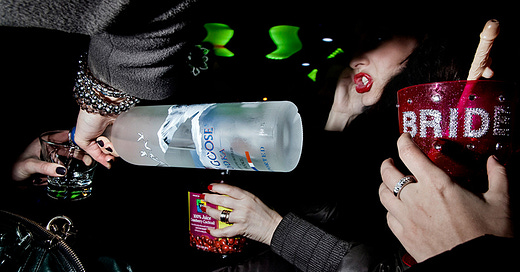



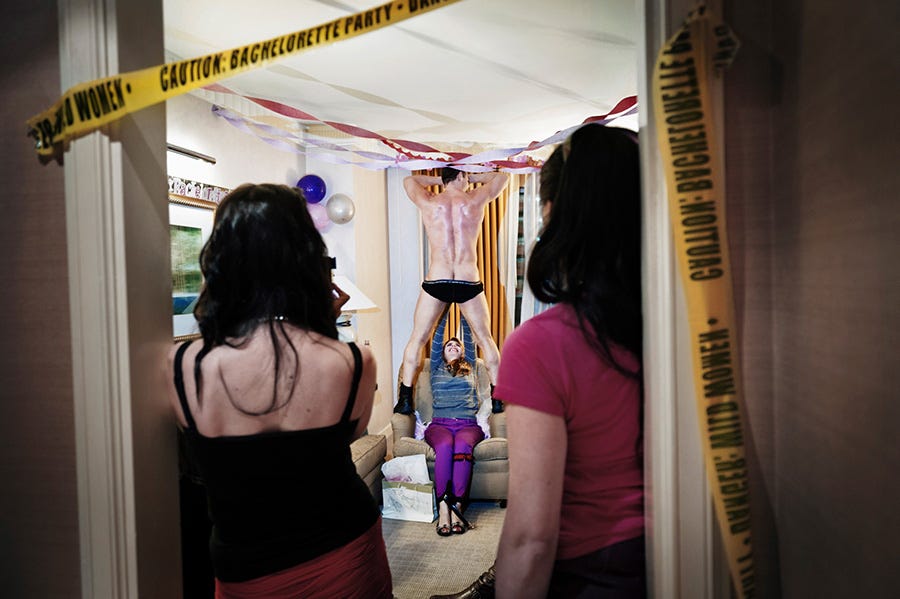
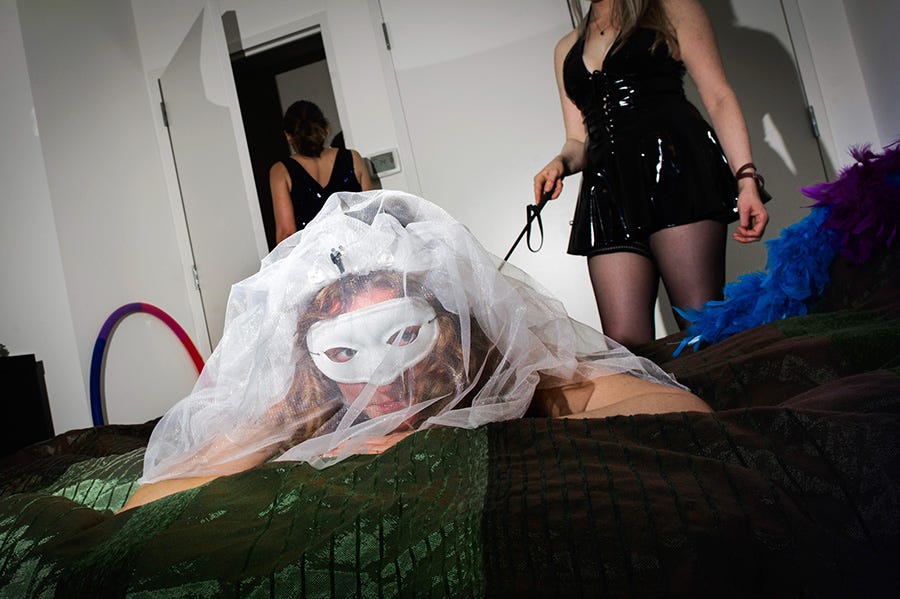

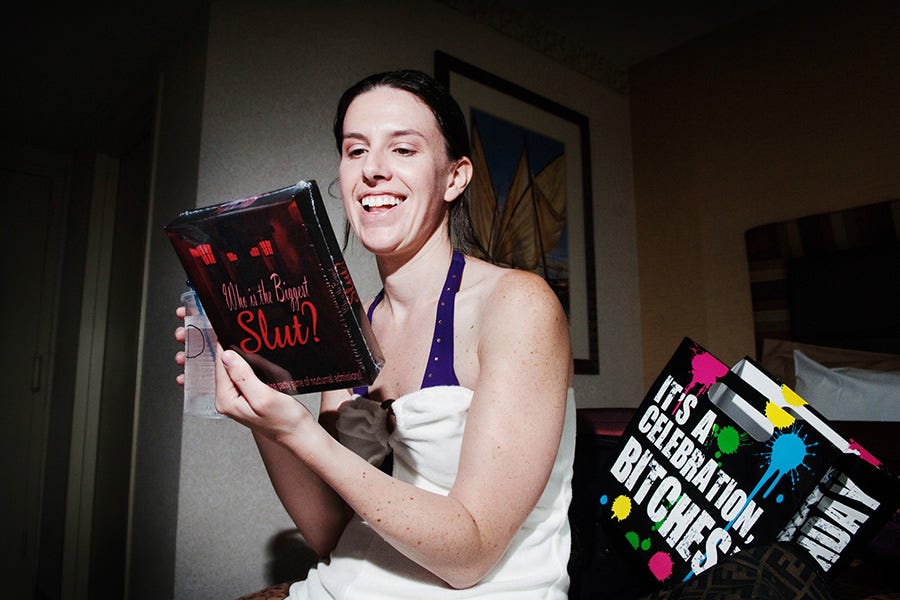

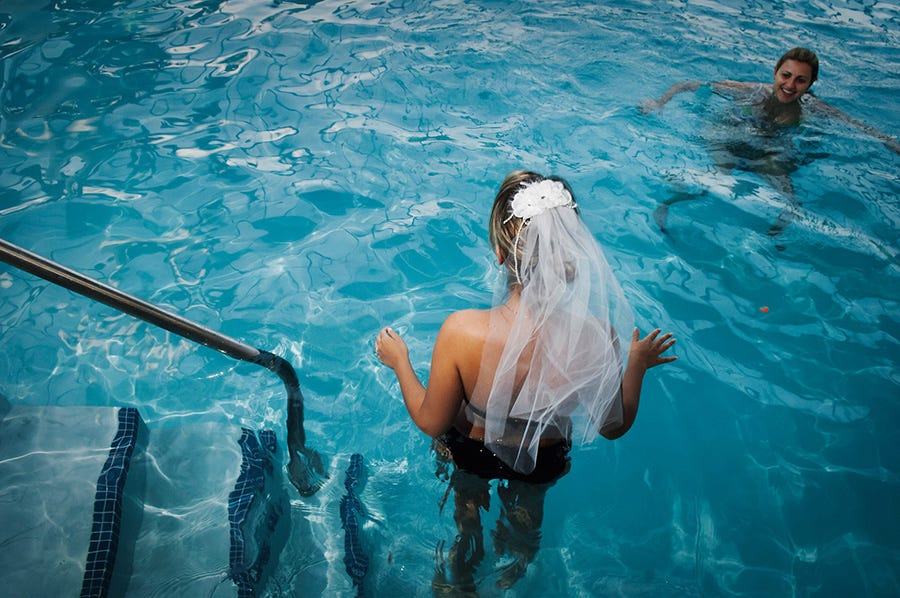
Well done! “ Until then, I will take satisfaction in the fact that a bride can sip on a dick straw while stuffing dollars into a stripper’s G-string and be a good wife and a feminist all at the same time.”
Most intriguing! And I love the connection you made to misogyny. I'm looking forward to more.
Thanks!
Susan McCabe,
Hot Flashes Cold Showers